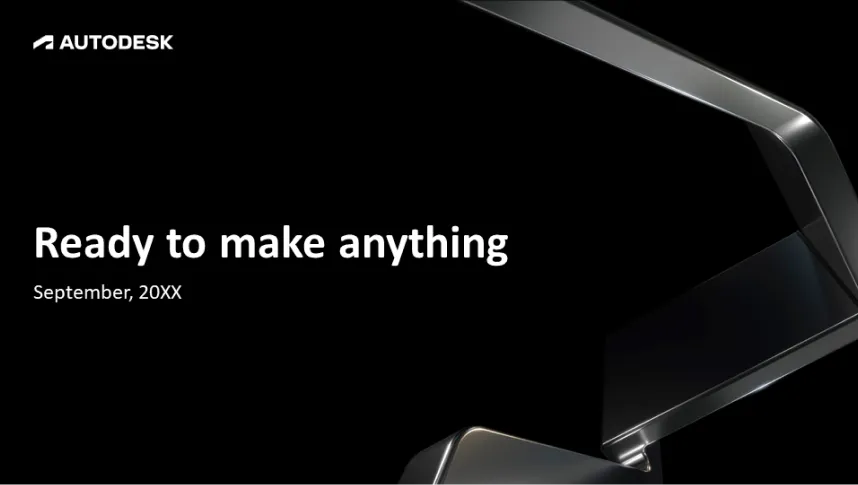Adding a progress bar to your PowerPoint presentation can greatly enhance the viewer’s experience by providing a visual indicator of the progression through your content. Here’s a step-by-step guide on how to do it:
Step 1: Insert a Rectangle Shape
Open your PowerPoint presentation and navigate to the slide where you want to add the progress bar. Go to the ‘Insert’ tab in your PowerPoint toolbar, click on ‘Shapes’, and select ‘Rectangle’. Draw the rectangle at the desired location; it will serve as your progress bar.
Step 2: Format the Rectangle
Click on the rectangle and then on the ‘Format’ tab. Here, you can change the color of the rectangle to suit your presentation theme. You can also remove the shape outline if you prefer.
Step 3: Copy the Rectangle to All Slides
Once you’ve formatted your rectangle, you need to copy it to all slides. Press ‘Ctrl+C’ to copy the rectangle, then ‘Ctrl+V’ to paste it on each slide. Ensure that the rectangle is in the same position on every slide.
Step 4: Adjust the Rectangle Width
Now, adjust the width of the rectangle on each slide to reflect the progress through the presentation. For instance, on slide 1, the rectangle might be very short, then gradually get longer as you progress through the slides.
Step 5: Save Your Presentation
Once you’ve adjusted all rectangles, save your presentation. Your progress bar is now ready.
Note: This method requires manual adjustments for each slide. For automated progress bars, you may need to use macros or a PowerPoint add-in, which could require some programming knowledge.
At SlideGenius, we understand the impact of a well-structured and visually compelling presentation. Our team of professional designers can help you create a customized PowerPoint presentation, including features like progress bars, to truly engage your audience and effectively communicate your message.









